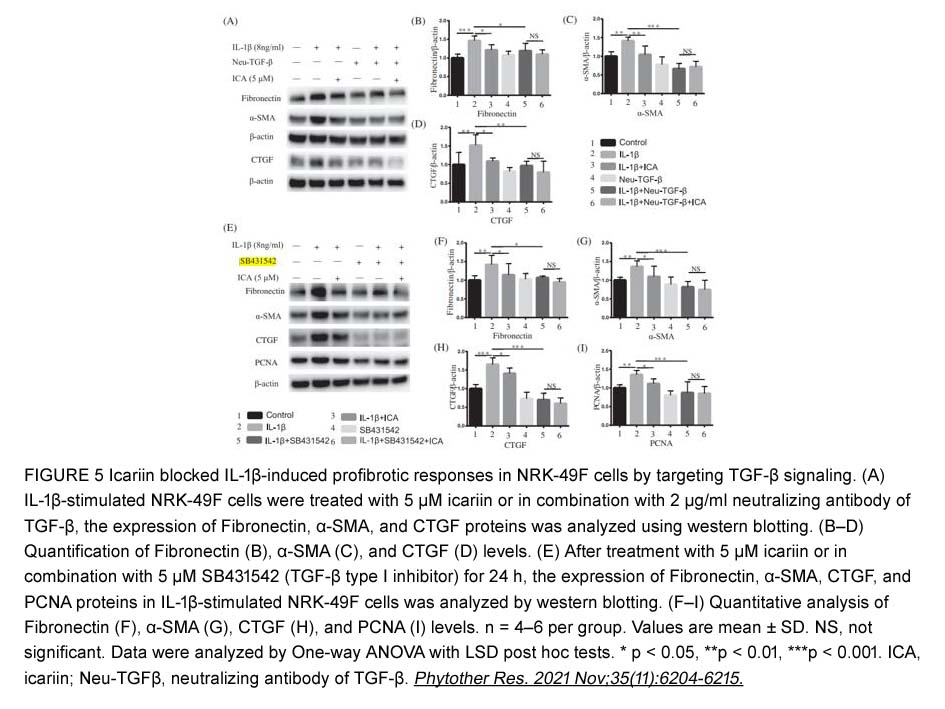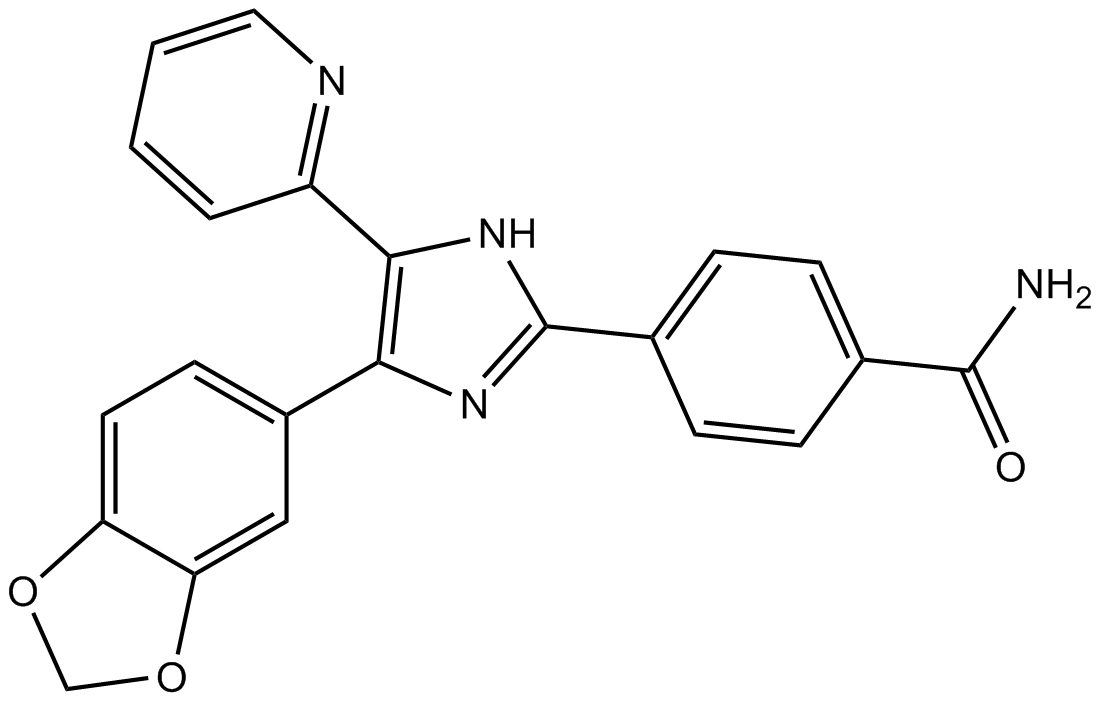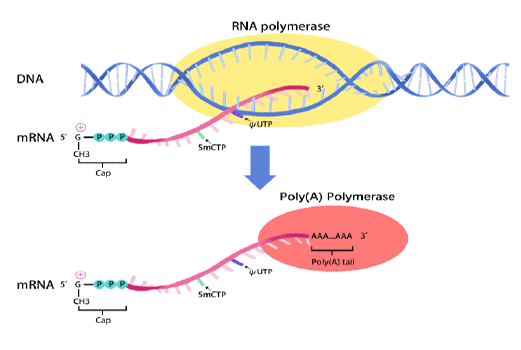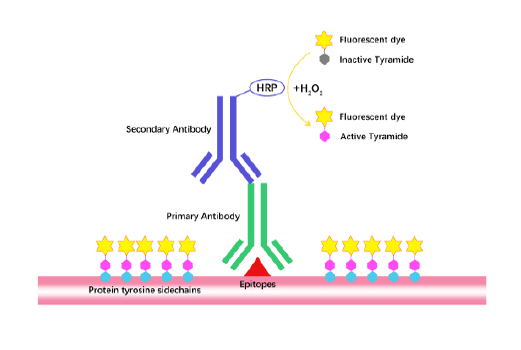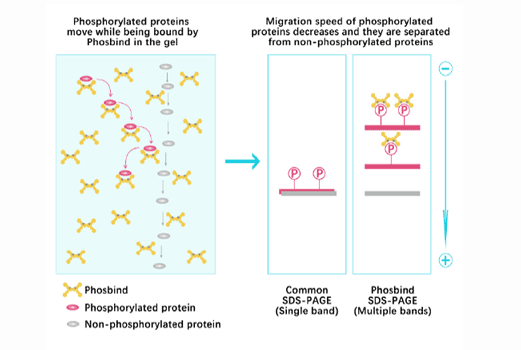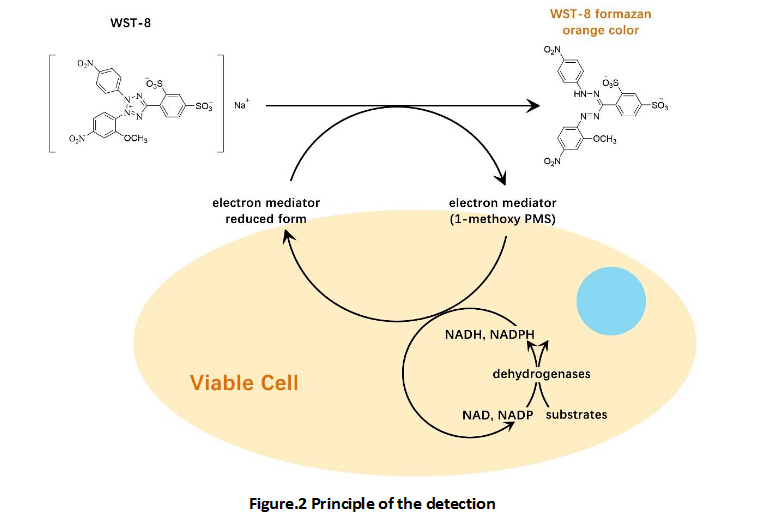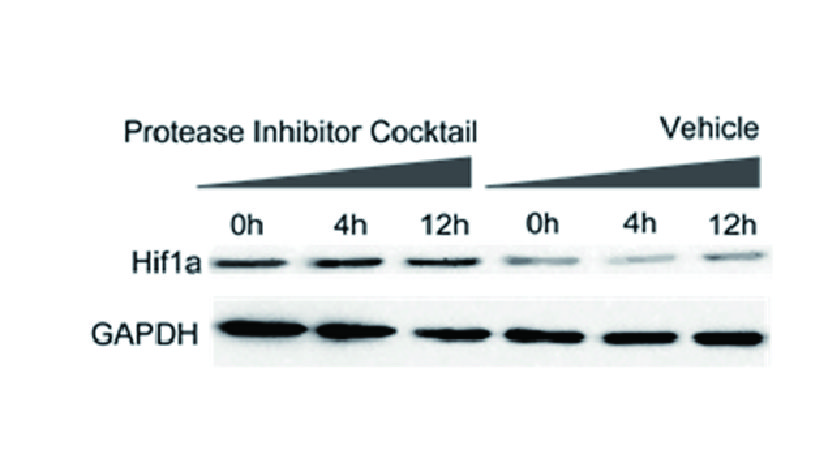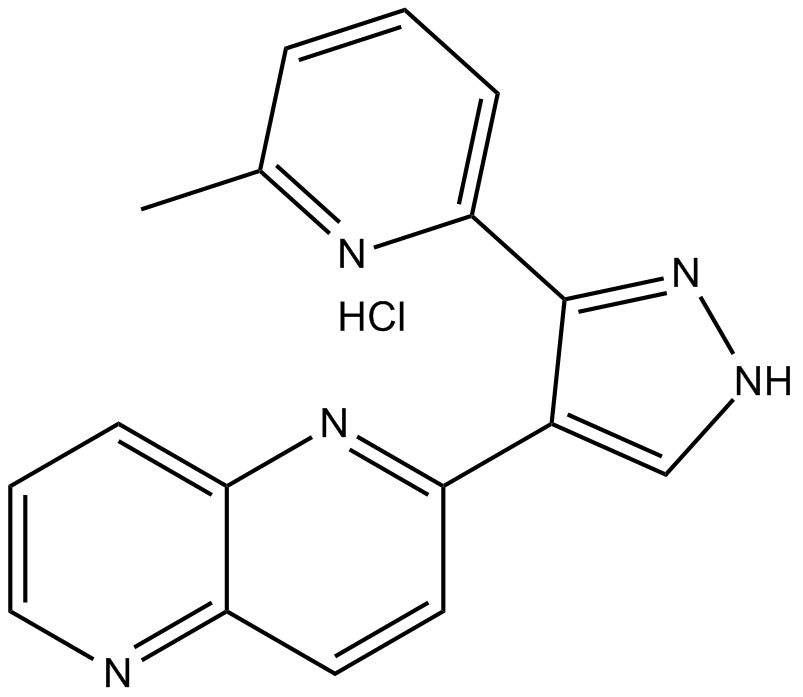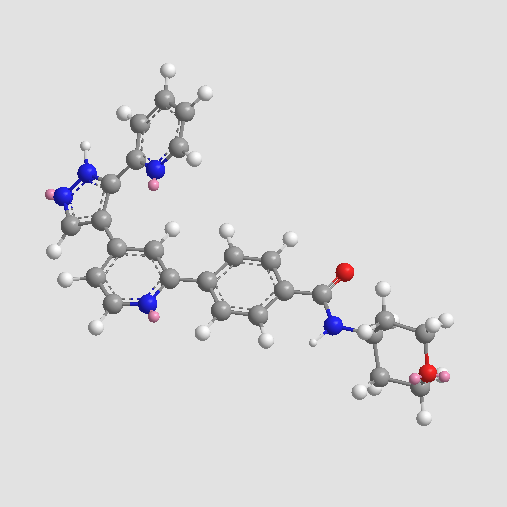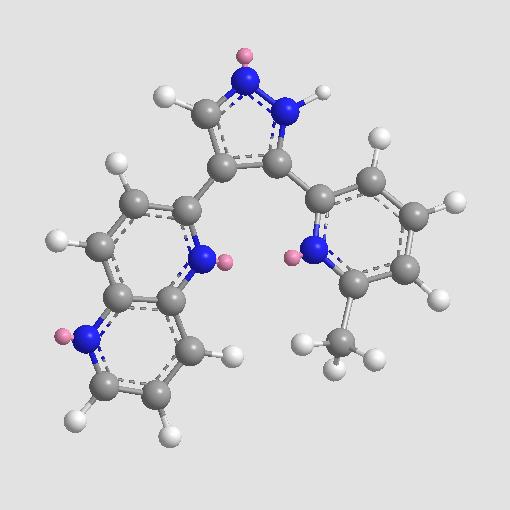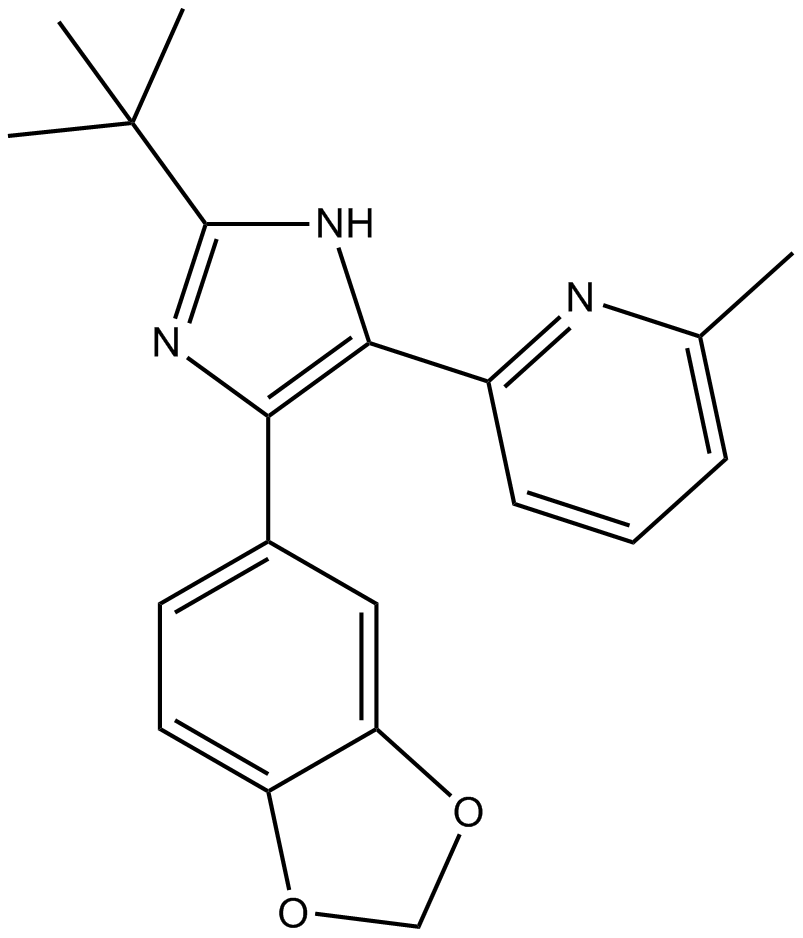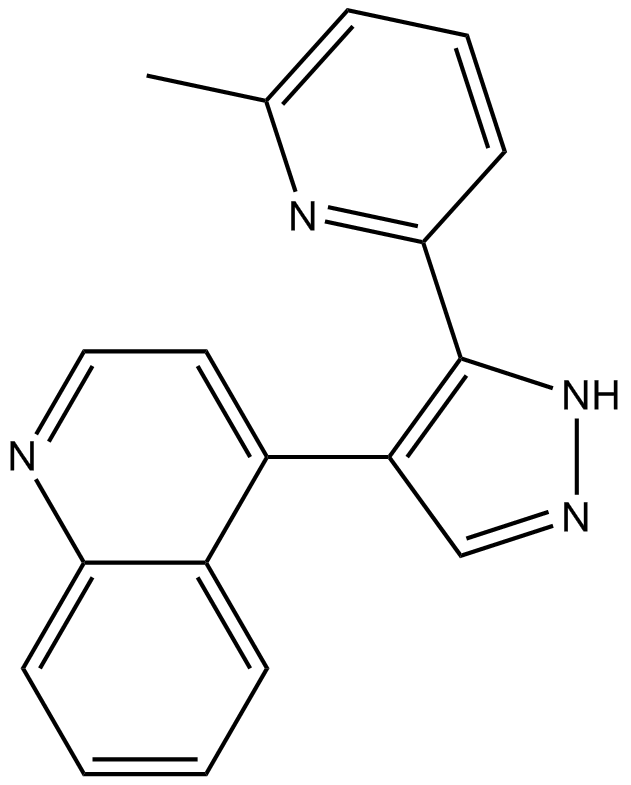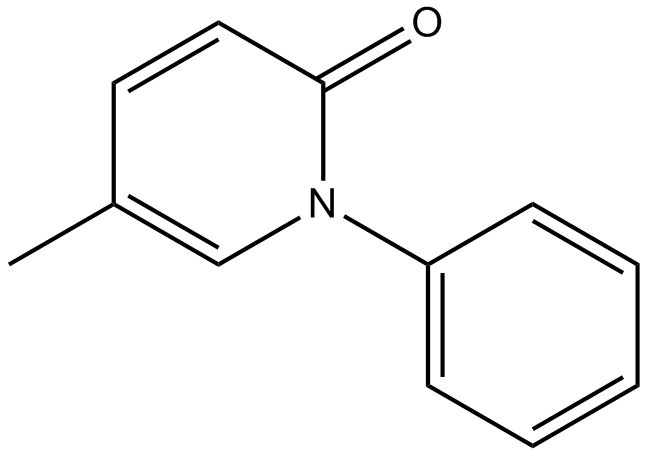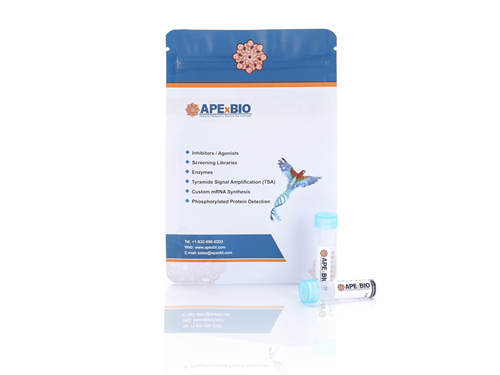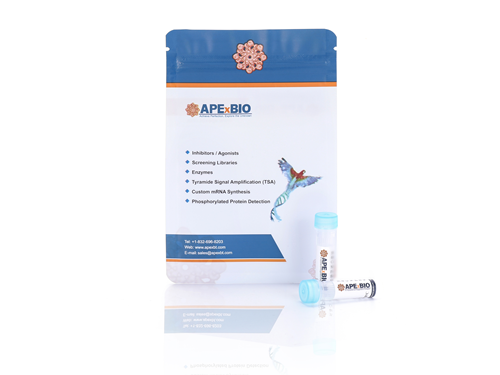SB 431542
SB 431542 (CAS 301836-41-9) is a selective ATP-competitive inhibitor targeting activin receptor-like kinase 5 (ALK5), a type I receptor within the transforming growth factor-β (TGF-β) signaling pathway. It inhibits ALK5 activity with an IC50 value of 94 nM, thereby preventing phosphorylation of Smad2 proteins and their subsequent nuclear accumulation. Additionally, SB 431542 inhibits closely related receptors ALK4 and ALK7, while showing minimal or no significant activity against ALK1, ALK2, ALK3, and ALK6 at relevant concentrations. Commonly utilized in cellular assays to investigate TGF-β signaling, this compound is valuable for studying associated cellular processes and diseases.
References:
[1] Callahan J F, Burgess J L, Fornwald J A, et al. Identification of novel inhibitors of the transforming growth factor β1 (TGF-β1) type 1 receptor (ALK5). Journal of medicinal chemistry, 2002, 45(5): 999-1001.
[2] Inman G J, Nicolás F J, Callahan J F, et al. SB-431542 is a potent and specific inhibitor of transforming growth factor-β superfamily type I activin receptor-like kinase (ALK) receptors ALK4, ALK5, and ALK7. Molecular pharmacology, 2002, 62(1): 65-74.
- 1. Zahra Khosrowpour, Nivedha Ramaswamy, et al. "Long-Term Engraftment and Satellite Cell Expansion from Human PSC Teratoma-Derived Myogenic Progenitors." Cells. 2025 Jul 25;14(15):1150 PMID: 40801582
- 2. Guojun Yang, Yong Ren, et al. "Histone demethylase PHF2 regulates inflammatory genes in Alzheimer's disease." Mol Psychiatry 23 August(2025)
- 3. Hyung Suk Oh, Shu-Fan Chou, et al. "Validation of human sensory neurons derived from inducible pluripotent stem cells as a model for latent infection and reactivation by herpes simplex virus 1." mBio. 2025 Aug 18:e0187125 PMID: 40823836
- 4. Houbo Jiang, Zichun Xiao, et al. "Generation of human induced pluripotent stem cell-derived cortical neurons expressing the six tau isoforms." J Alzheimers Dis. 2025 Apr 23:13872877251334831 PMID: 40267294
- 5. Ruize Shi, Mengyi Jin, et al. "Retinoic acid promotes conjunctival epithelium differentiation and goblet cell regeneration: evidence from novel 3D conjunctival organoids and whole-mount PAS staining." Ocul Surf.2025 Jul:37:301-313
- 6. Shicheng Lin, Dianna Liu, et al. "Cryoablation-induced modulation of Treg cells and the TGF-β pathway in lung adenocarcinoma: implications for increased antitumor immunity." BMC Med.2025 Feb 14;23(1):89 PMID: 39948553
- 7. Evangelia Skoufa, Jixing Zhong, et al. "Specialized signaling centers direct cell fate and spatial organization in a limb organoid model." bioRxiv 3 July 2024
- 8. Zhihui Jing, Xinran Feng, et al. "Vaspin facilitates the proliferation and osteogenic differentiation of periodontal ligament stem cells." J Periodontal Res. 2024 May 3 PMID: 38699861
- 9. Lina Xu, Guoliang Wang, et al. "A cocktail of small molecules maintains the stemness and differentiation potential of conjunctival epithelial cells." Ocul Surf. 2023 Aug 25;S1542-0124(23)00109-X PMID: 37634570
- 10. Ira Hamilton, Nadia M Ikumi, et al. "Utilizing primary HLA-G+ extravillous trophoblasts and HLA-G+ EVT-like cell lines to study maternal-fetal interactions." STAR Protoc. 2023 May 11;4(2):102276 PMID: 37178111
- 11. Ju Wei, Yi Shan, et al. "Anp32e promotes renal interstitial fibrosis by upregulating the expression of fibrosis-related proteins." Int J Biol Sci. 2022 Sep 25;18(15):5897-5912 PMID: 36263179
- 12. Te Zhang, Wenjie Xia, et al. "Super-enhancer hijacking LINC01977 promotes malignancy of early-stage lung adenocarcinoma addicted to the canonical TGF-β/SMAD3 pathway." J Hematol Oncol. 2022 Aug 18;15(1):114 PMID: 35982471
- 13. NAN CAO, NIGALA AIKEREMU, et al. "Inhibition of KIR2. 1 decreases pulmonary artery smooth muscle cell proliferation and migration." Int J Mol Med. 2022 Sep;50(3):119 PMID: 35856410
- 14. Liexi Jia, Yumei Diao, et al. "Methodological study of directed differentiation of pluripotent stem cells into corneal endothelial cells." Ann Transl Med. 2022 Apr;10(8):482 PMID: 35571395
- 15. Matthew P Pappas, Ning Xie, et al. "Defining the Skeletal Myogenic Lineage in Human Pluripotent Stem Cell-Derived Teratomas." Cells. 2022 May 9;11(9):1589 PMID: 35563894
- 16. Jingjing Zhang, Jinxin Qiu, et al. "Neuropilin-1 mediates lung tissue-specific control of ILC2 function in type 2 immunity." Nat Immunol. 2022 Feb;23(2):237-250 PMID: 35075279
- 17. MENG PAN, MIAO LI, et al. "Knockdown of ALDH1A3 reduces breast cancer stem cell marker CD44 via the miR-7-TGFBR2-Smad3-CD44 regulatory axis." Exp Ther Med. 2021 Oct;22(4):1093 PMID: 34504547
- 18. Meng Wang, Lingchen Wang, et al. "Icariin attenuates renal fibrosis in chronic kidney disease by inhibiting interleukin-1β/transforming growth factor-β-mediated activation of renal fibroblasts." Phytother Res. 2021 Nov;35(11):6204-6215 PMID: 34426999
- 19. Xiaoya An, Guoliang Wang, et al. "Novel cell culture paradigm prolongs mouse corneal epithelial cell proliferative activity in vitro and in vivo." Front Cell Dev Biol. 2021 Jun 30;9:675998 PMID: 34277619
- 20. Haibing Zhan, Xingchang Sun, et al. "LncRNA MEG3 Involved in NiO NPs-Induced Pulmonary Fibrosis via Regulating TGF-β1-Mediated PI3K/AKT Pathway." Toxicol Sci. 2021 Jul 16;182(1):120-131 PMID: 33895847
- 21. Nan Cao, Xuechun Tang, et al. "Galectin-3 participates in PASMC migration and proliferation by interacting with TGF-β1." Life Sci. 2021 Jun 1;274:119347 PMID: 33716065
- 22. Haibing Zhan, Xuhong Chang, et al. "LncRNA MEG3 mediates nickel oxide nanoparticles-induced pulmonary fibrosis via suppressing TGF-β1 expression and epithelial-mesenchymal transition process." Environ Toxicol. 2021 Jun;36(6):1099-1110 PMID: 33547861
- 23. Kexin Ma, Cailong Li, et al. "LncRNA Gm16410 regulates PM2. 5-induced lung Endothelial-Mesenchymal Transition via the TGF-β1/Smad3/p-Smad3 pathway." Ecotoxicol Environ Saf. 2020 Dec 1;205:111327 PMID: 32961493
- 24. Wang S, Zhang M, et al. "microRNA-141 inhibits TGF-β1-induced epithelial-to-mesenchymal transition through inhibition of the TGF-β1/SMAD2 signalling pathway in endometriosis." Arch Gynecol Obstet. 2020;10.1007/s00404-019-05429-w PMID: 31903498
- 25. Wu F, Wu D, et al. "Generation of hepato-biliary organoids from human induced pluripotent stem cells." J Hepatol. 2019 Jan 7. pii: S0168-8278(19)30002-9 PMID: 30630011
- 26. Bae JS, Jeon Y, et al. "Depletion of MOB1A/B causes intestinal epithelial degeneration by suppressing Wnt activity and activating BMP/TGF-β signaling." Cell Death Dis. 2018 Oct 22;9(11):1083 PMID: 30349003
| Physical Appearance | A solid |
| Storage | Store at -20°C |
| M.Wt | 384.39 |
| Cas No. | 301836-41-9 |
| Formula | C22H16N4O3 |
| Solubility | insoluble in H2O; ≥10.06 mg/mL in EtOH with ultrasonic; ≥19.22 mg/mL in DMSO |
| Chemical Name | 4-[4-(1,3-benzodioxol-5-yl)-5-pyridin-2-yl-1H-imidazol-2-yl]benzamide |
| SDF | Download SDF |
| Canonical SMILES | NC(c(cc1)ccc1-c1nc(-c(cc2)cc3c2OCO3)c(-c2ncccc2)[nH]1)=O |
| Shipping Condition | Small Molecules with Blue Ice, Modified Nucleotides with Dry Ice. |
| General tips | We do not recommend long-term storage for the solution, please use it up soon. |
| Cell experiment: [1] | |
|
Cell lines |
D54MG, U87MG and U373MG cells |
|
Preparation method |
The solubility of this compound in DMSO is >10 mM. General tips for obtaining a higher concentration: Please warm the tube at 37 °C for 10 minutes and/or shake it in the ultrasonic bath for a while.Stock solution can be stored below -20°C for several months. |
|
Reaction Conditions |
10 μM, 24 hours |
|
Applications |
SB-431542 at both 0.1 and 1μmol/L had a modest effect on DNA synthesis, but at 10 μmol/L, there was a consistent 60% to 70% reduction of thymidine incorporation for D54MG, U87MG, and U373MG cells. No evidence of apoptotic cell death on SB-431542 treatment was detected either by direct observation or on propidium iodide flow cytometric analysis. Thus, SB-431542 acts to inhibit the proliferation of the tested malignant glioma lines. |
| Animal experiment: [2] | |
|
Animal models |
BALB/c mice injected with colon-26 cells |
|
Dosage form |
Intraperitoneal injection, 1 μM |
|
Applications |
Intraperitoneal injection of SB-431542 resulted in triggering CTL activities against colon-26 targets compared with vehicle alone. Moreover, the CTL activity against colon-26 cells was more potent when treated with SB combined a ligand for toll-like receptor 4, OK-432, compared with OK-432 alone. Thus, SB-431542 is likely to produce antitumor immunological outcomes through alteration of DC function suppressed by TGFß. |
|
Other notes |
Please test the solubility of all compounds indoor, and the actual solubility may slightly differ with the theoretical value. This is caused by an experimental system error and it is normal. |
|
References: [1] Hjelmeland M D, Hjelmeland A B, Sathornsumetee S, et al. SB-431542, a small molecule transforming growth factor-β-receptor antagonist, inhibits human glioma cell line proliferation and motility. Molecular Cancer Therapeutics, 2004, 3(6): 737-745. [2] Tanaka H, Shinto O, Yashiro M, et al. Transforming growth factor b signaling inhibitor, SB-431542, induces maturation of dendritic cells and enhances anti-tumor activity. Oncology reports, 2010, 24: 1637-1643. |
|
| Description | SB431542 is a potent and selective inhibitor of ALK5 with IC50 of 94 nM, 100-fold more selective for ALK5 than p38 MAPK and other kinases. | |||||
| Targets | ALK5 | |||||
| IC50 | 94 nM | |||||
Quality Control & MSDS
- View current batch:
Chemical structure
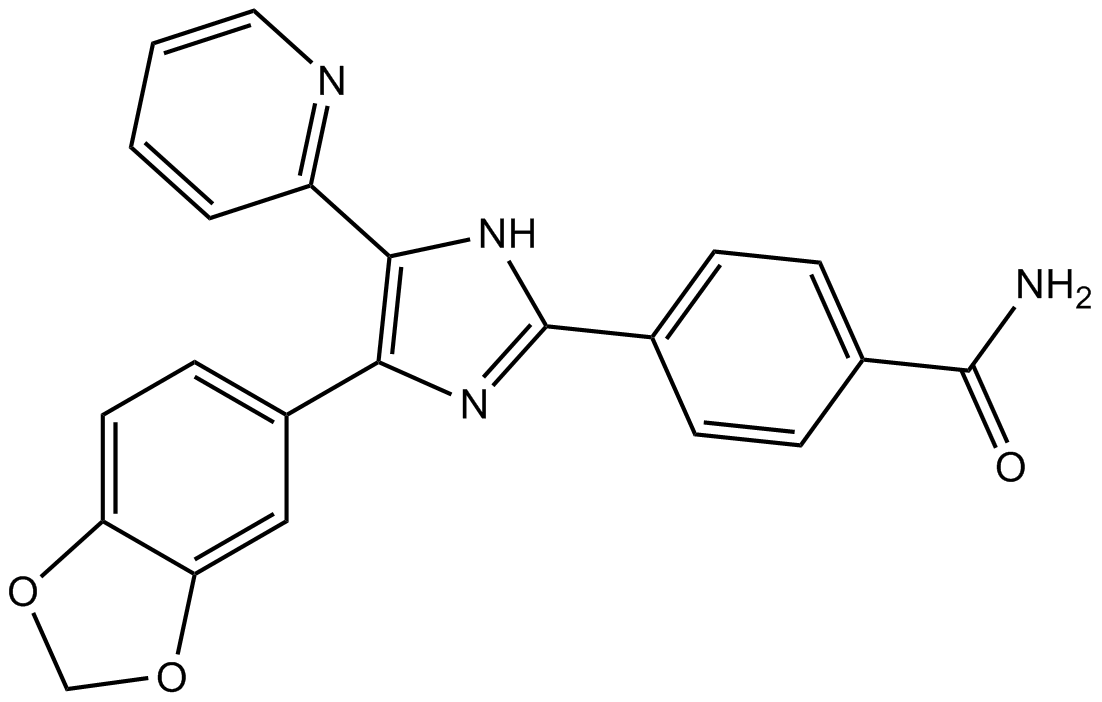
Related Biological Data
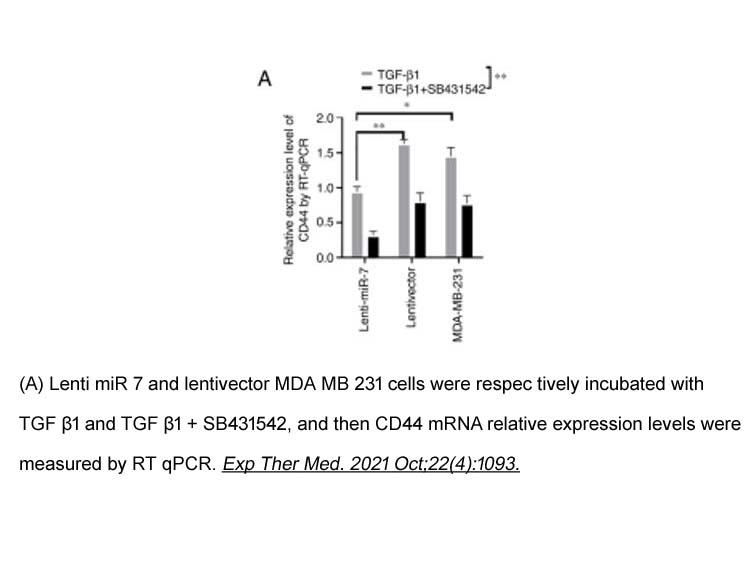
Related Biological Data
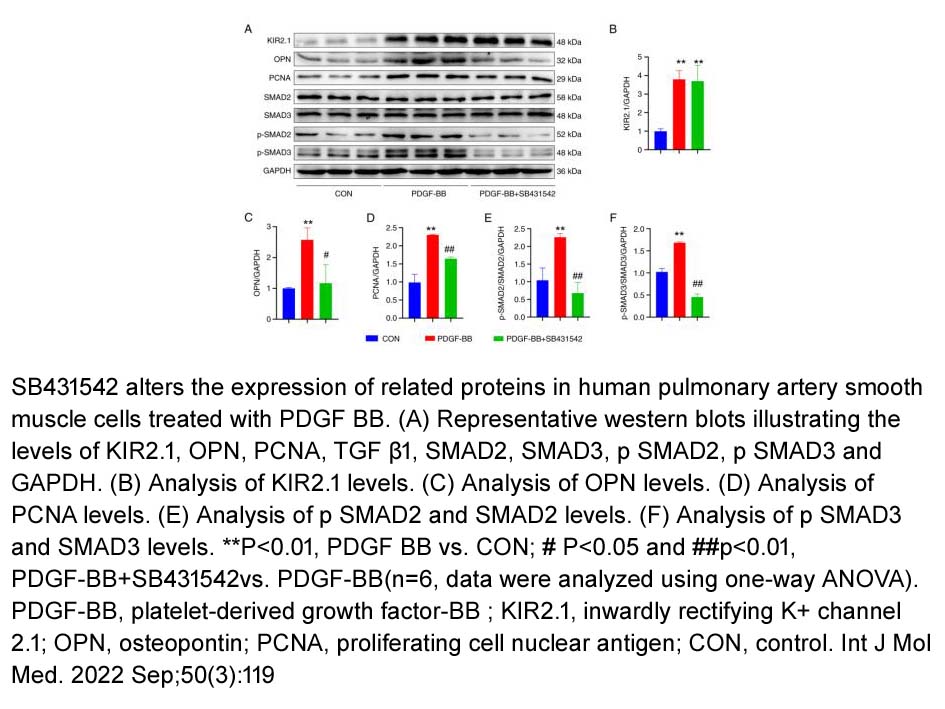
Related Biological Data
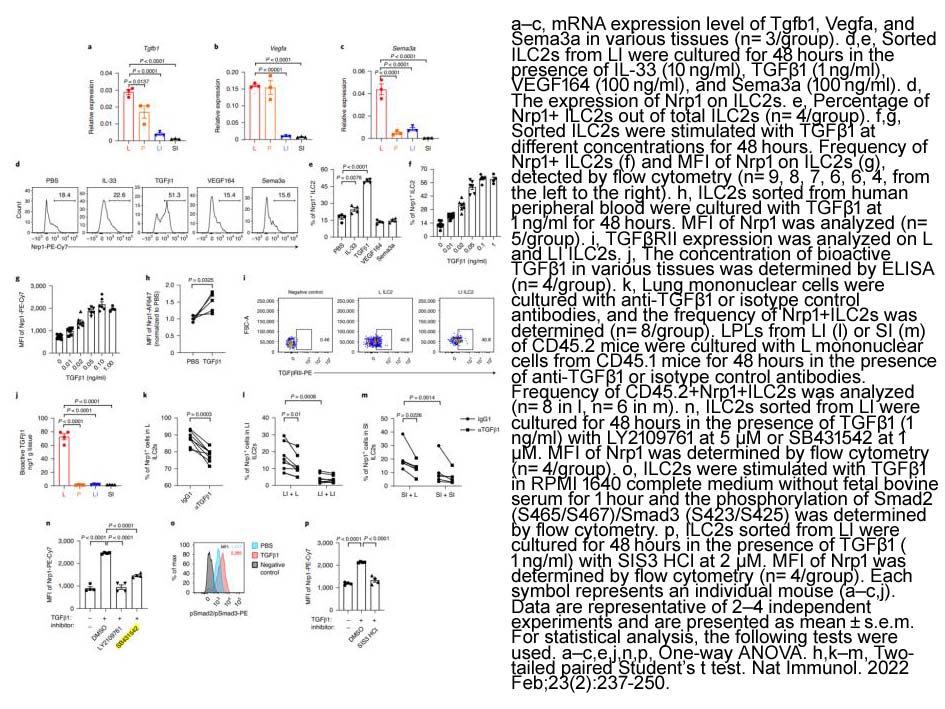
Related Biological Data
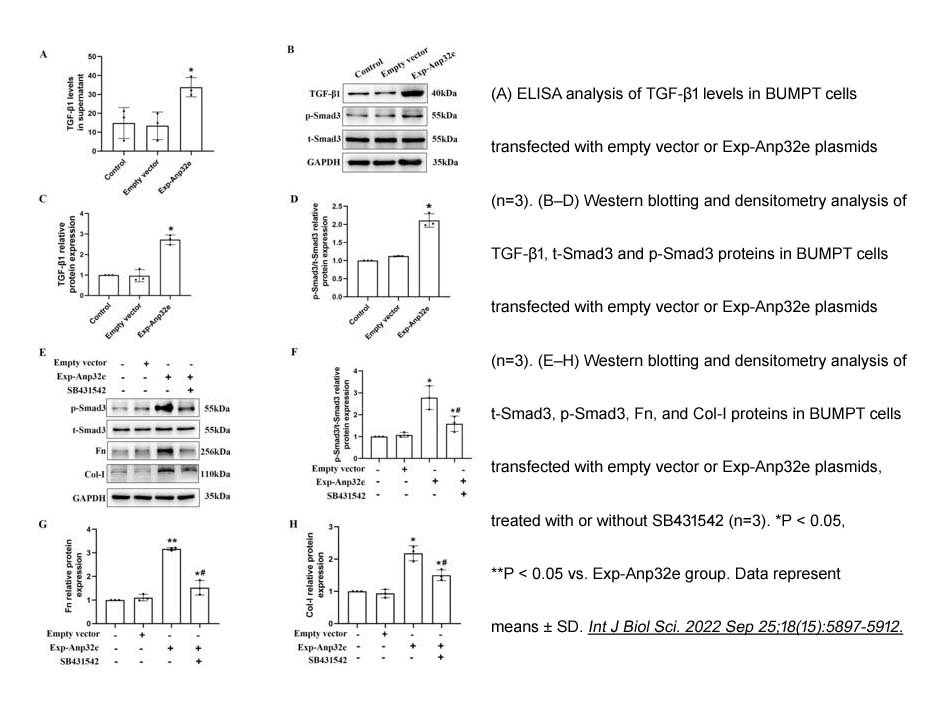
Related Biological Data
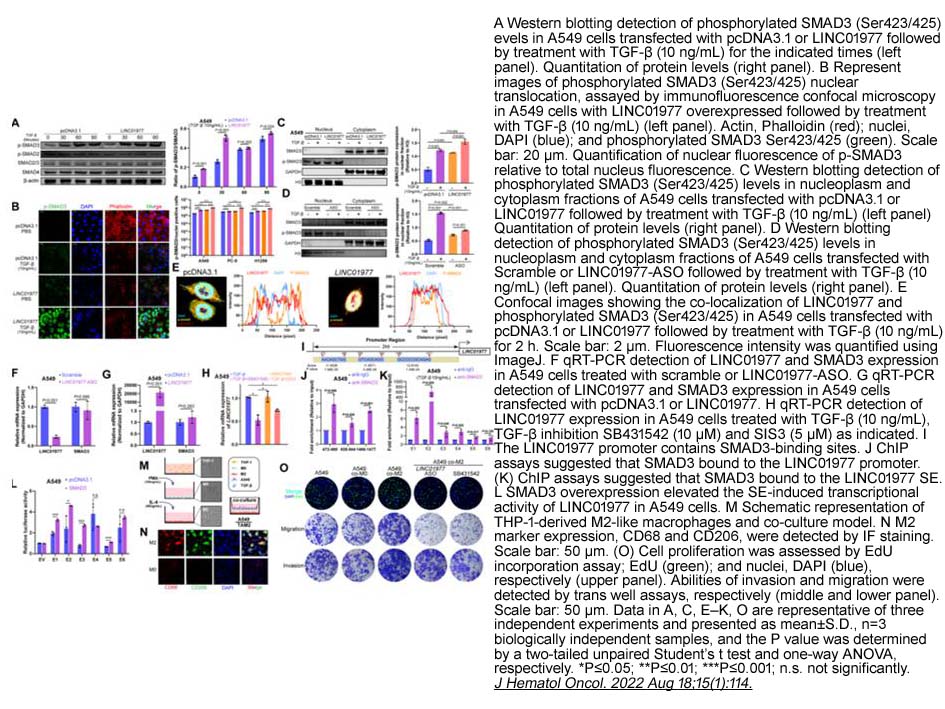
Related Biological Data
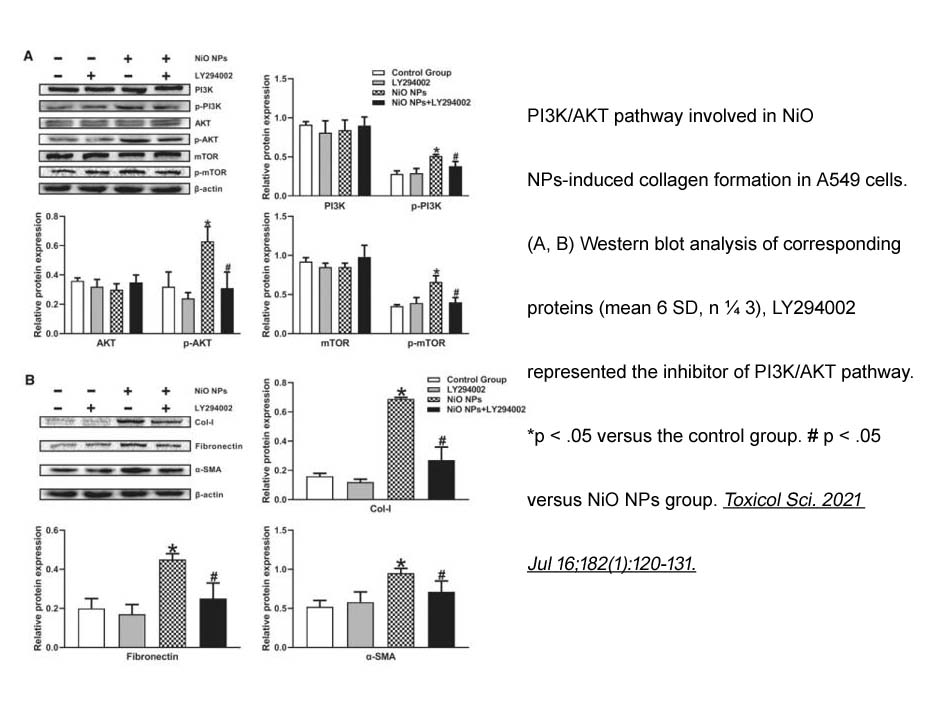
Related Biological Data
